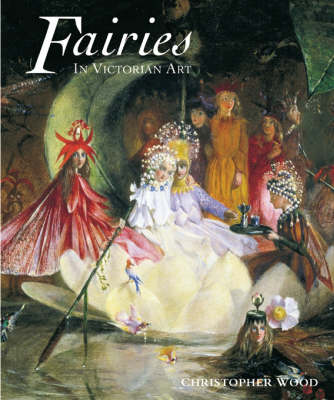"In an utilitarian age, of all other times, it is a matter of grave importance that fairy tales should be respected." Charles Dickens The golden age of fairy painting lasted between 1840-1870 when fairies found expression in most of the Victorian arts - paintings, illustration, literature, theatre, ballet and music. The Victorians wanted desperately to believe in fairies because they represented a way to escape the intolerable reality of living in an unromantic, materialistic and scientific age. Fairy painting had a strong literary background. The books of the Brothers Grimm and Hans Christian Andersen perfected the Victorian consciousness. Shakespeare was an even more important source in particular with "The Tempest" and "A Midsummer Night's Dream". Another influence was the Victorian obsession with the supernatural, spiritualism and the unseen world. It was in this atmosphere that fairy painting flourished. Between the artist and his public there was a zone of common ground, an area of escapism in which both sides were prepared to believe, and in which it was permissible to depict the subconscious, the erotic and the Victorian interest in opiates.
The work of the great fairy painters is examined - Dadd, Paton, Fitzgerald and Richard Doyle - along with that of other Victorian painters like Landseer, Fuseli, Millais, Rossetti and Rackham.
- ISBN10 1851495088
- ISBN13 9781851495085
- Publish Date 1 September 2006 (first published 1 January 1999)
- Publish Status Cancelled
- Out of Print 12 November 2014
- Publish Country GB
- Imprint ACC Art Books
- Edition 2nd Revised edition
- Format Hardcover
- Pages 200
- Language English
